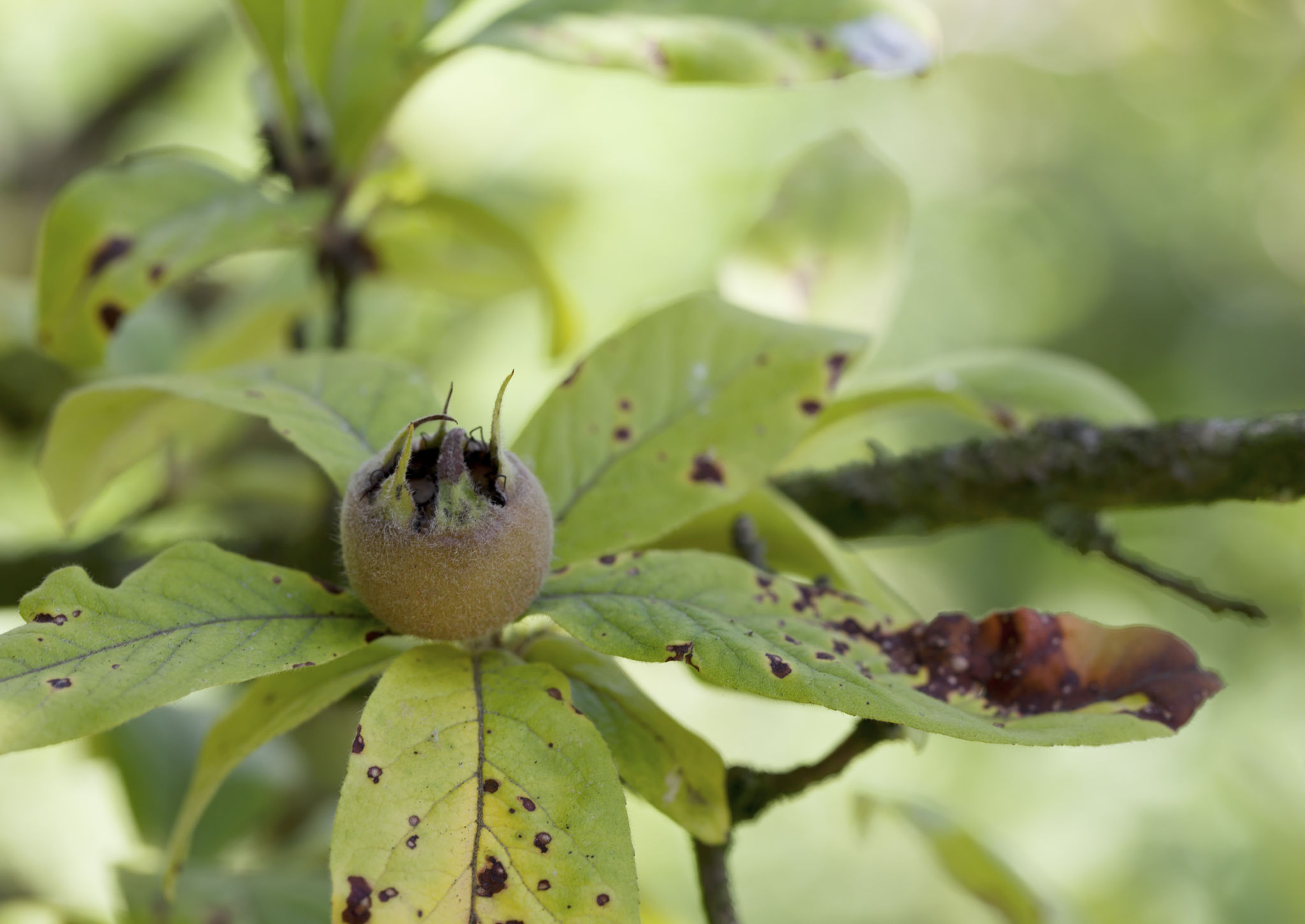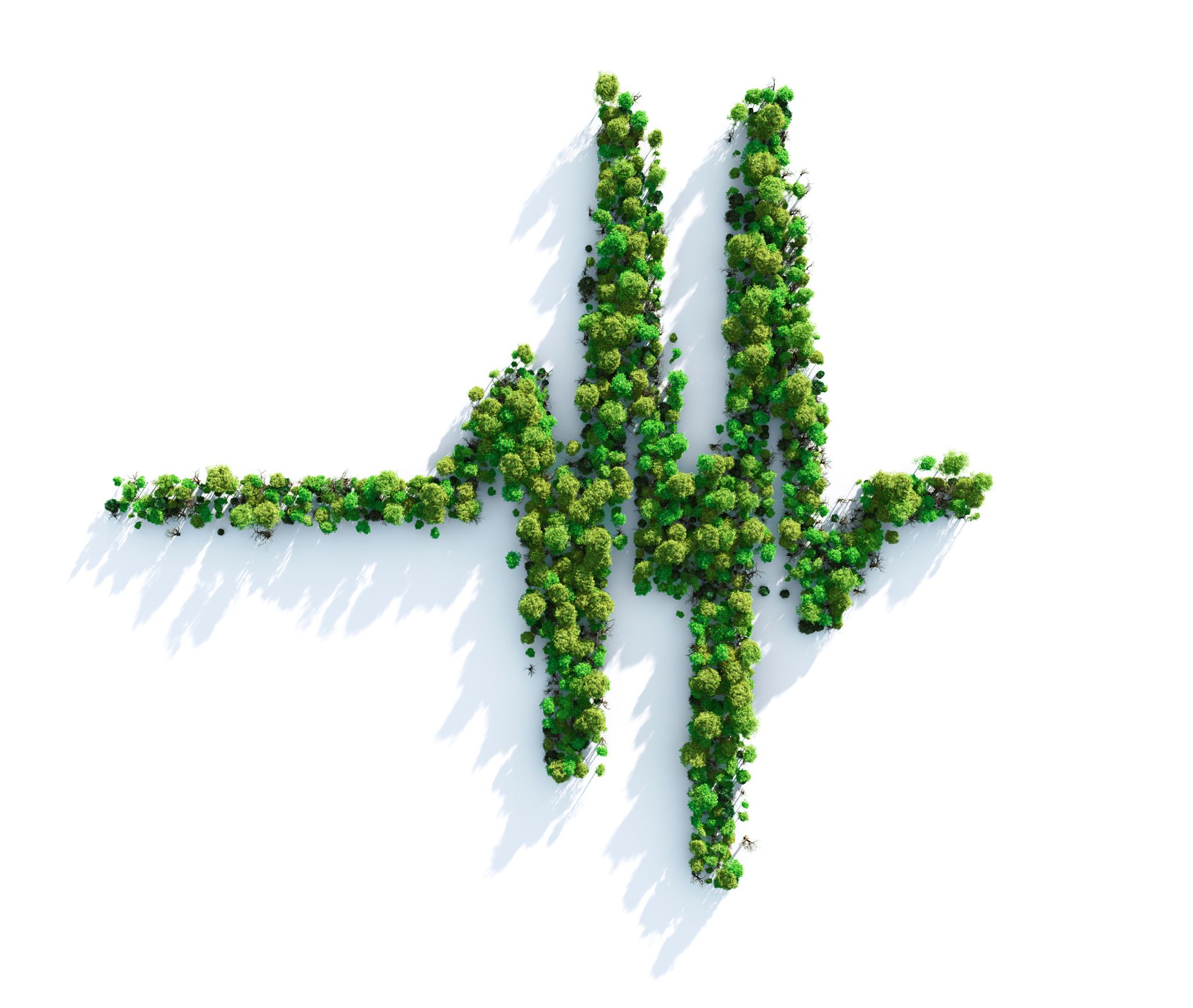How to Identify and Treat Common Tree Diseases
Understanding Common Tree Diseases
Trees are vital components of our ecosystem, offering numerous benefits such as shade, beauty, and habitat for wildlife. However, just like any other living organism, trees can fall prey to diseases. Identifying these diseases early can save your trees from irreversible damage. In this post, we'll discuss how to identify and treat some of the most common tree diseases.

Signs of Tree Disease
Identifying tree diseases involves observing several signs and symptoms. Some common indicators include:
- Discolored Leaves: Leaves that are yellowing, browning, or have unusual spots may signal disease.
- Wilting: If a tree's leaves are wilting despite adequate watering, it might be diseased.
- Bark Damage: Cracked or peeling bark can be a sign of underlying issues.
- Fungal Growth: The presence of mushrooms or fungal conks on or near the tree can indicate rot.
Common Tree Diseases and Their Treatment
Anthracnose
Anthracnose is a fungal disease that affects many tree species, including sycamores and oaks. It causes dark, sunken lesions on leaves, stems, and fruits. To treat anthracnose, prune and destroy infected parts during the dormant season. Ensure good air circulation around the tree and apply appropriate fungicides if necessary.

Powdery Mildew
This disease is easily recognizable by the white, powdery substance it leaves on the surface of leaves and stems. It thrives in dry, warm climates with high humidity. To control powdery mildew, improve air circulation by pruning overcrowded branches and apply fungicides specifically formulated for this disease.
Prevention and Maintenance Tips
Preventing tree diseases is often easier than treating them. Here are some tips to maintain healthy trees:
- Regular Pruning: Prune trees to remove dead or diseased branches and improve air circulation.
- Proper Watering: Ensure your trees are properly watered, as both drought stress and overwatering can weaken them.
- Soil Health: Maintain soil health with regular testing and amendments as needed.
- Monitor Trees: Regularly inspect your trees for early signs of disease.

When to Call a Professional
If you're unsure about the health of your trees or if they have extensive damage, it might be best to consult a certified arborist. Professionals can accurately diagnose problems and recommend effective treatments. They also have access to tools and treatments not available to the general public.
In conclusion, identifying and treating tree diseases promptly can ensure the longevity and health of your trees. By being vigilant and proactive, you can help preserve these beautiful giants for generations to come.